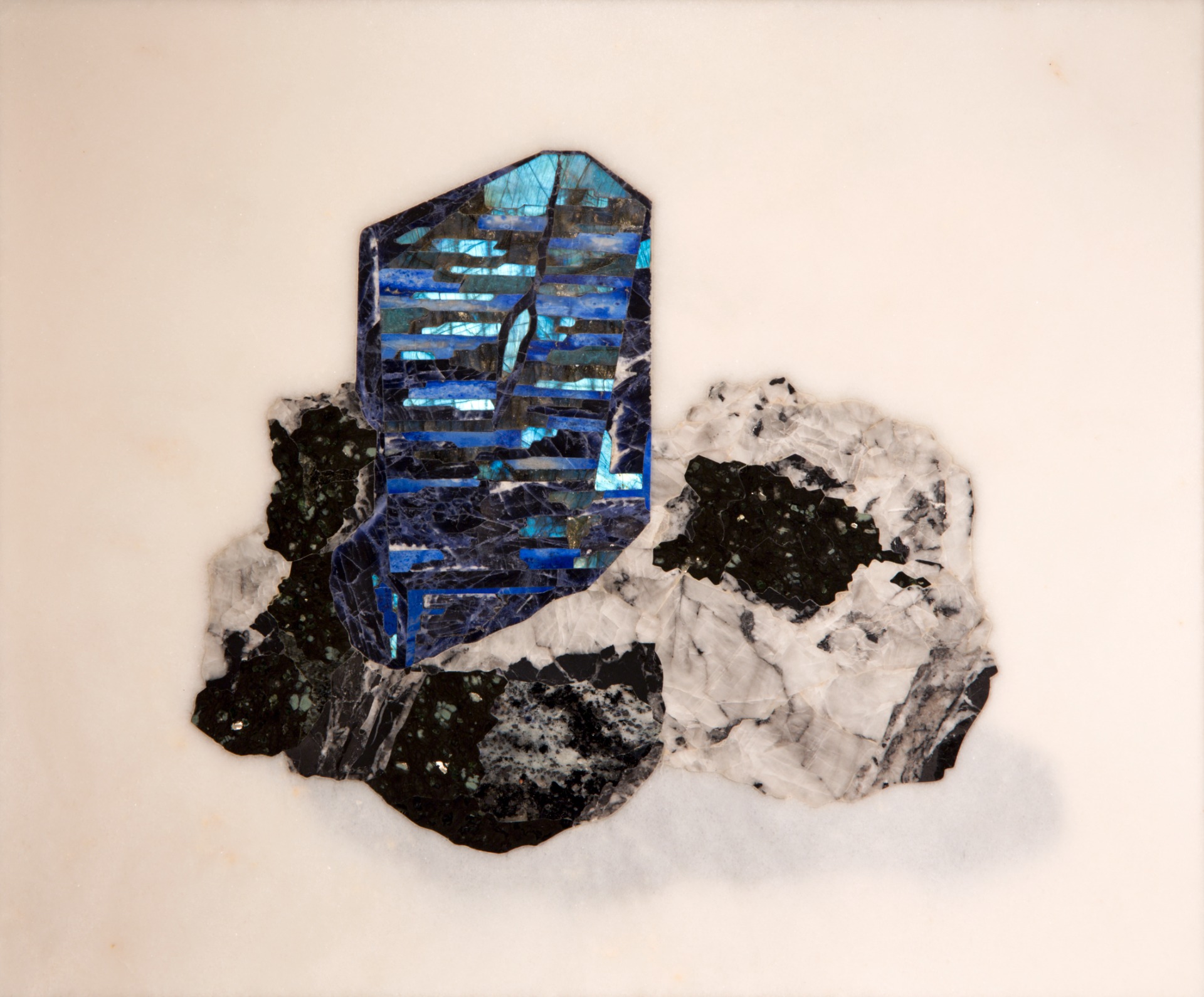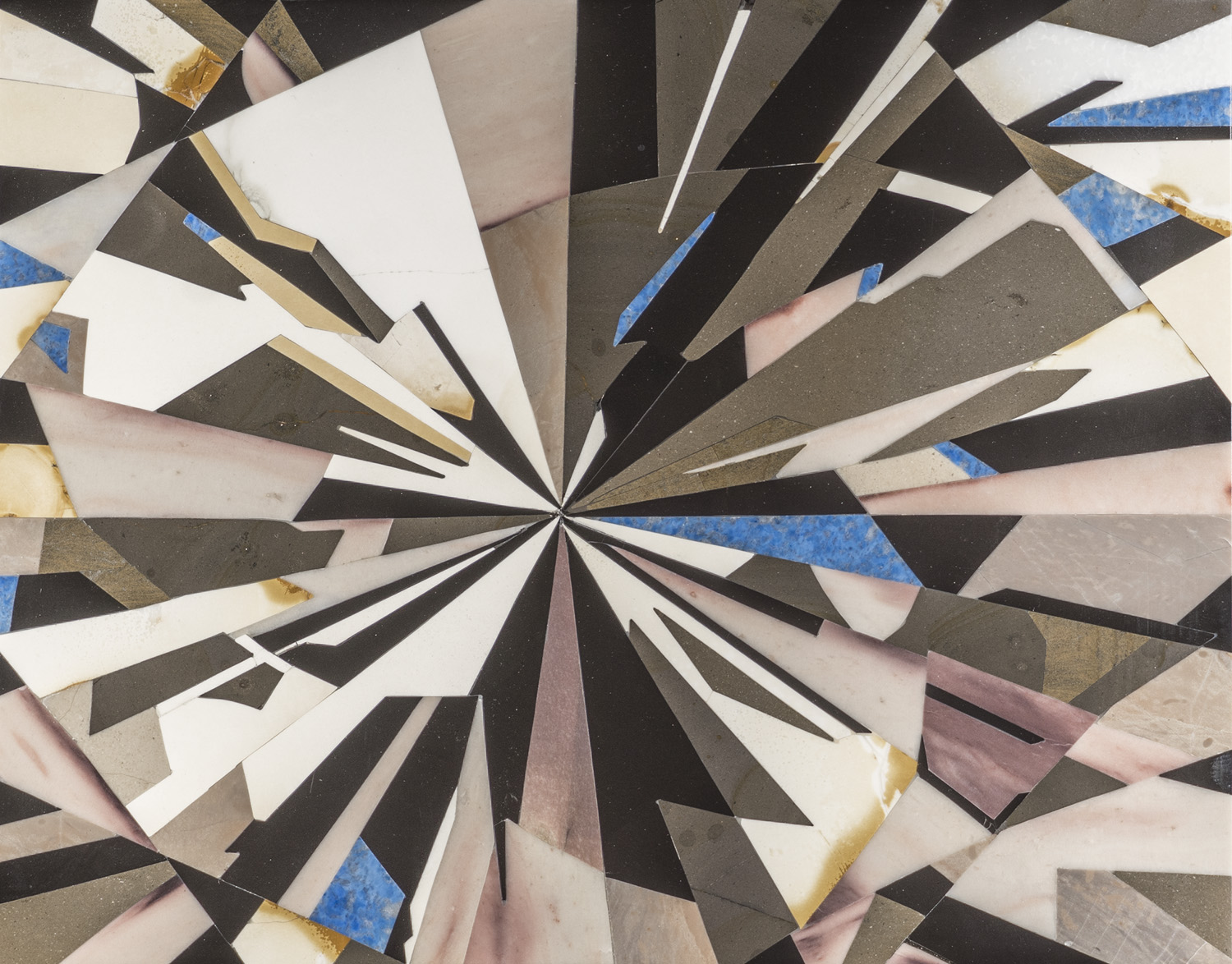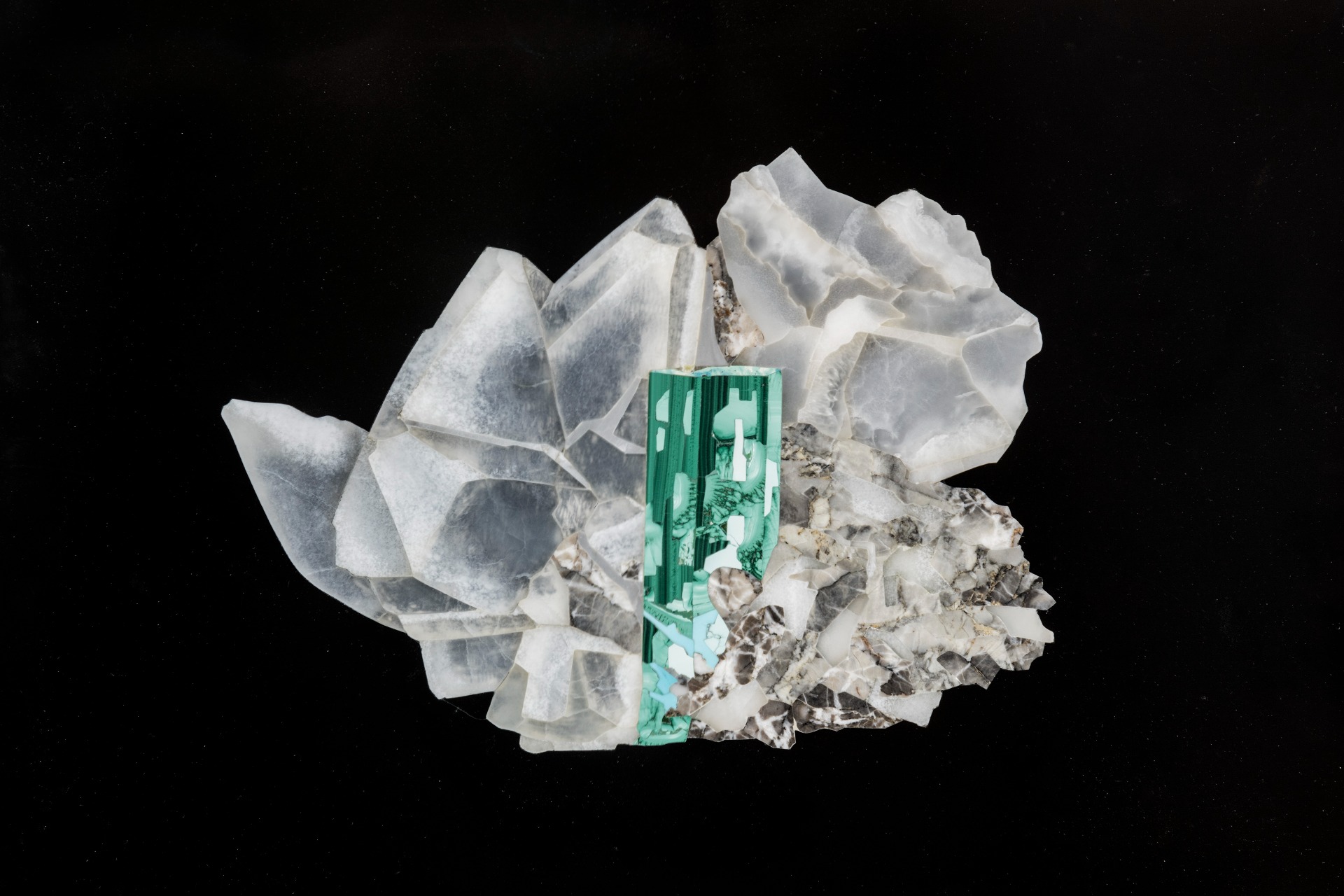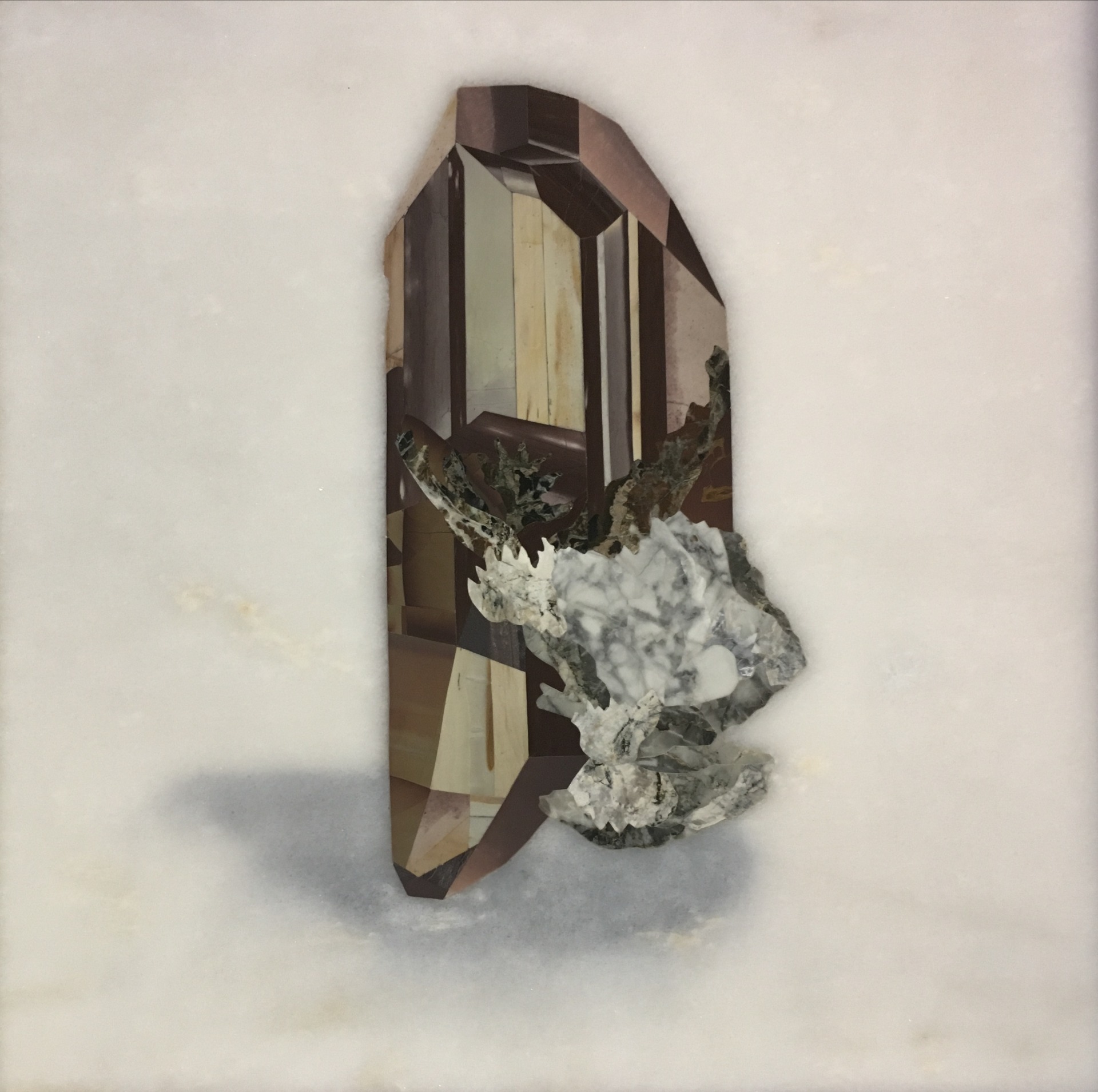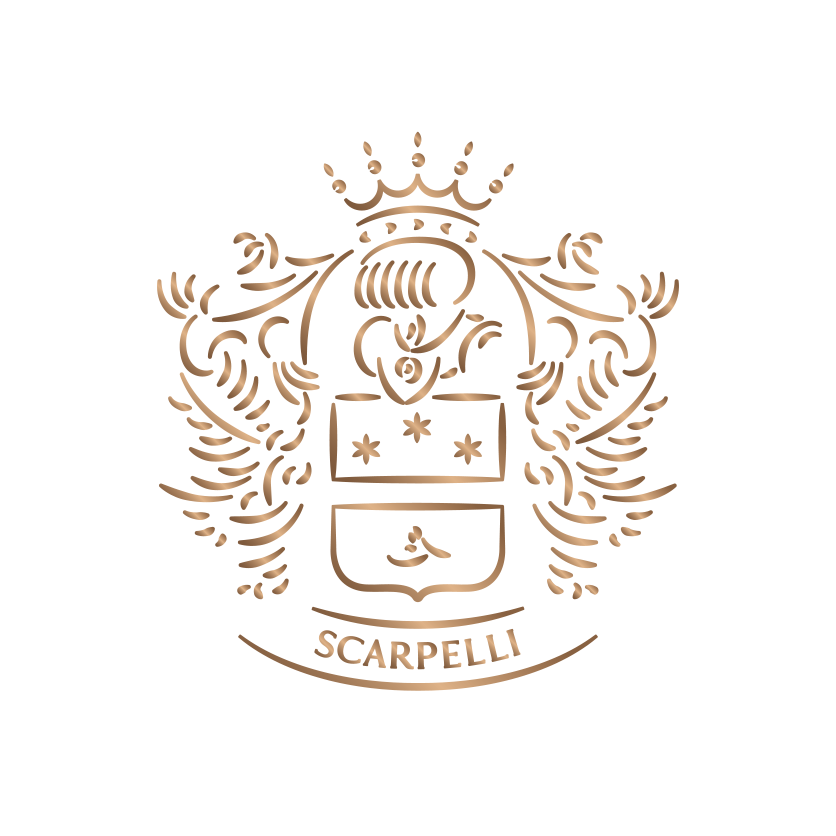Acquamarine

This mosaic was made by Leonardo taking inspiration from the Gem's Show in Munich. We got in touch with the mineral world few years ago when we were invited to show our art in the most famous European Gem Show. It's a real challenge.
Looking at the intense colors, the transparency and the life inside minerals and gems Leonardo decided to create an artwork which combines geometry and shine.
Aquamarine is a variety of the beryl mineral species, belonging to the silicate class, which also includes stones such as emerald, heliodor and morganite. The gem crystallizes in the hexagonal system, sometimes reaching dimensions of several centimeters. The typical genesis of this mineral is called pegmatitic, which means that it developed in the cavities of rocks of magmatic origin.
The typical color of aquamarine is clear blue which can be more or less intense, sometimes with shades tending towards green. Its color is due to the presence of traces of iron instead of chromium to which Emerald owes its color, very rarely does aquamarine reach a blue color. It is also found in crystals of considerable carat weight and generally free or almost free of inclusions although, if observable, they present a guarantee for the gemologist on the natural origin of the gem.
The blue color is given by the presence of iron in the crystalline lattice, which, albeit minimally and with different degrees of oxidation, precisely in the two states of ferric and ferrous oxidation, is the chromophore element. When present in large quantities, aquamarine appears to be a very saturated blue.
Usually the most valuable stones are transparent, but there are some specimens with inclusions, which make the stones translucent and milky, called "milky" and sometimes even manifest the phenomenon of chatoyancy.
Stones used: Belgium Black Marble, Ortoclasio, Larimar.
Year of composition: 2023
Size: cm 23,5x26
Artist: Leonardo Scarpelli
An original and authentic hand-made artwork created whith the antique technique of Commesso Fiorentino which is unique for Florence.
Commesso Fiorentino was born with Medici family, one of the most important families in Florence, in the second half of 1500.
The research of the stones is made by the mosaicist that must be able to choose from a rich and wide range of shades and veins: for this reason the artists personally search and collect the stones retracing the paths of the Medici researchers.
The processing starts by drawing the subject on adhesive paper, that is then cut into small tamplates that will be attached to the variegated shades of the stones following the visual instinct, the innate gift of the artist and his perfect knowledge of the materials. The shape of the little piece will be cut by hand with a chestnut, cherry or hazelnut wood bow and an iron wire that flows with abrasive powder and water. It creates a very precise and inclined cut to form the essential spaces to accommodate the glue, made by artisans with beeswax and pine tree resin. The different stones are previously glued onto a slate surface which acts as a support during the cutting and filing phase. The various pieces which form the composition are adjusted in shape with diamond files, glued together so that the joints are invisible, flattened and finally polished in order to create a perfect decorative harmony showing the colors of nature in all their radiance.
Other minerals made for custom works:
